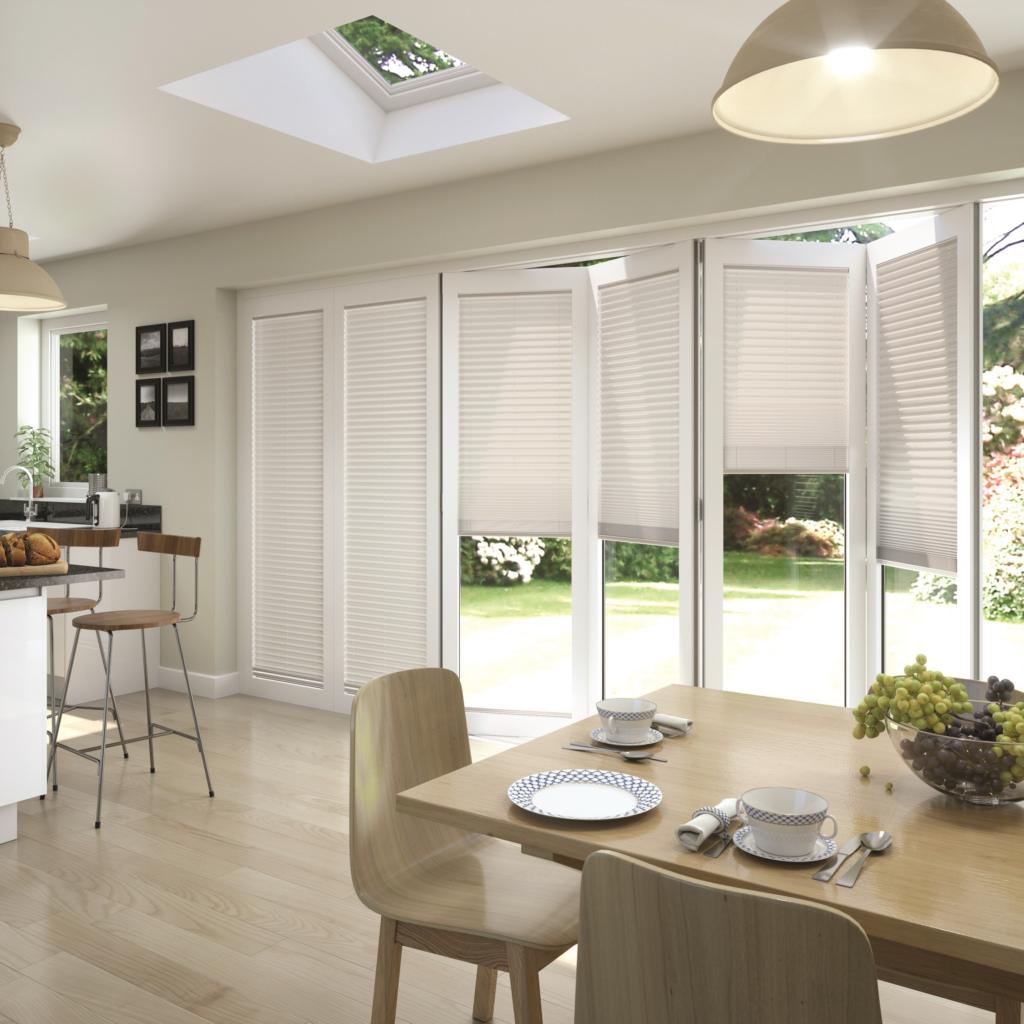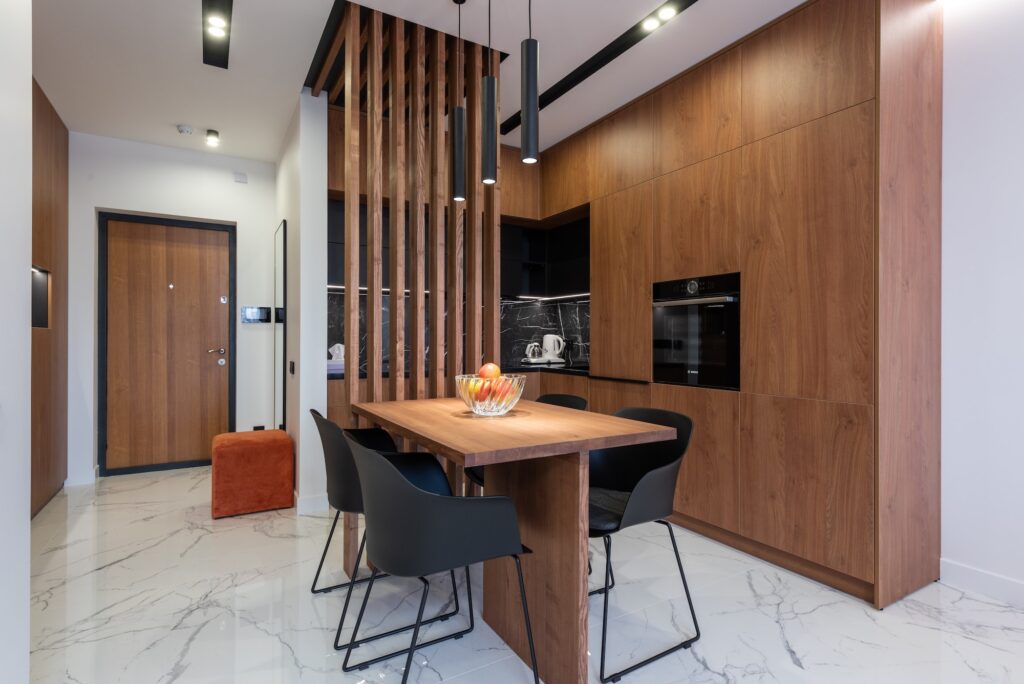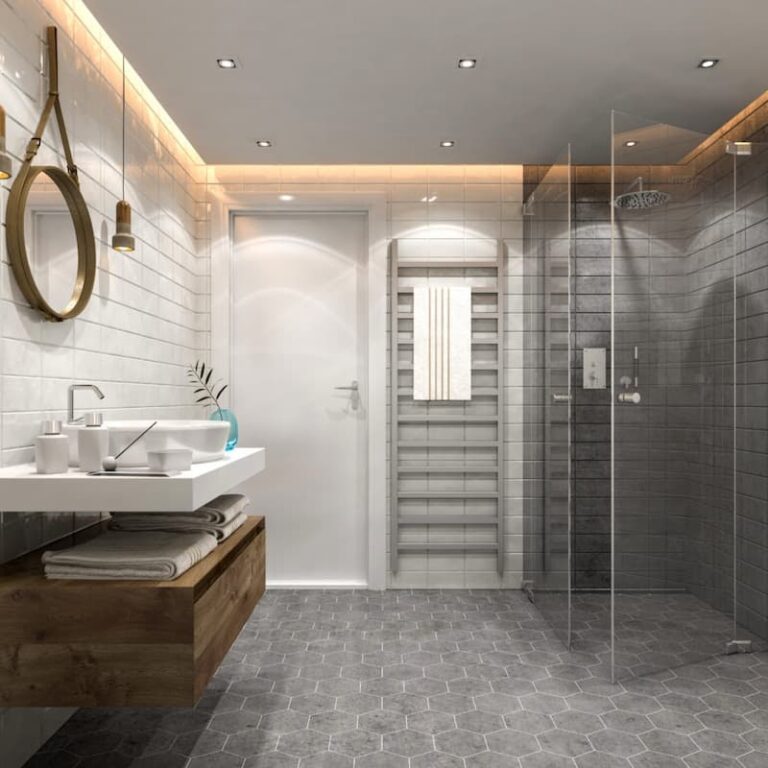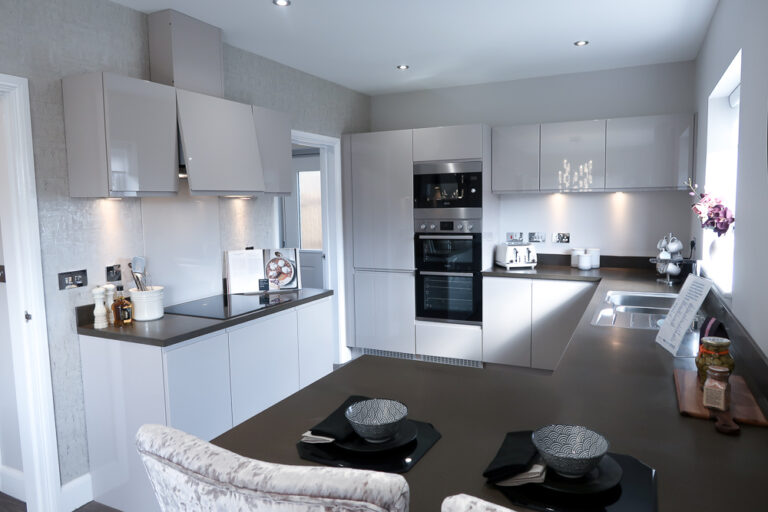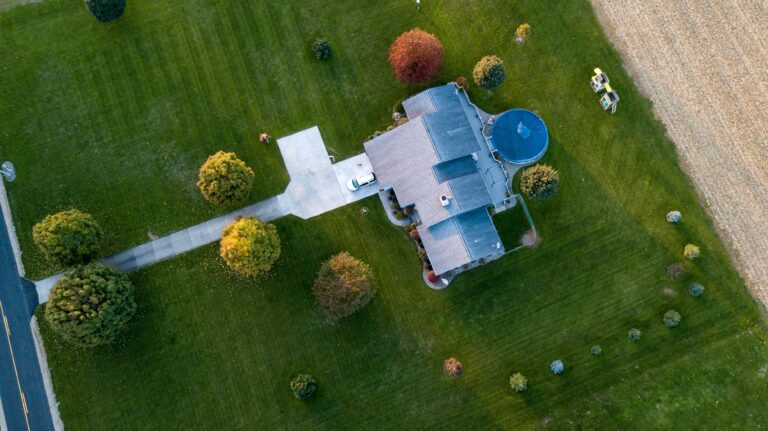3 Environmentally Friendly Ways to increase Your House Energy Efficiency
New houses are built with very specific requirements, in terms of energy efficiency. However, it was not the case in the past, and so your house might not be sufficiently isolated to be considered energy efficient, today.
In many countries, governments offer tax rebates and other incentives to bring the house up-to-par. The reason they do so, is that energy perdition is not ecological. The more we consume energy, the worst we are making it for our planet. Here is what you need to do, to increase you house energy efficiency.
3 Environmentally Friendly Ways to increase Your House Energy Efficiency
Start by upgrading Windows and Doors
One of the most common places where a house is leaking hot or cool air towards outside, or lets it come in, is around windows and doors. There are two main potential reasons. The first is that the frame is not airproof. The second is that it can let the cold or warm air through the glass itself, if it is too thin. Today’s windows and doors are specifically created to be energy efficient. As you will find on aluprof.eu/gb, there are window-door systems featuring enhanced thermal insulation.
Their performance is achieved through the use of central insulating chambers. They reduce the heat transfer, as well as limit convection and thermal radiation. Upgrading to new high-quality windows and doors denver will have a direct effect on your heating bill, and they will pay for themselves, in no time.
Insulate the Roof
This is the second part of the house you will have to deal with, as a priority, to increase your house energy efficiency. The roof usually lets out the warm air, if not fully insulated. There were many studies made on the subject that proved the importance of adding layers of insulation to the roof. In America, the U.S. Department of Energy concluded that ensuring full insulation to the roof of a house reduces the energy consumption by 10 to 20%.
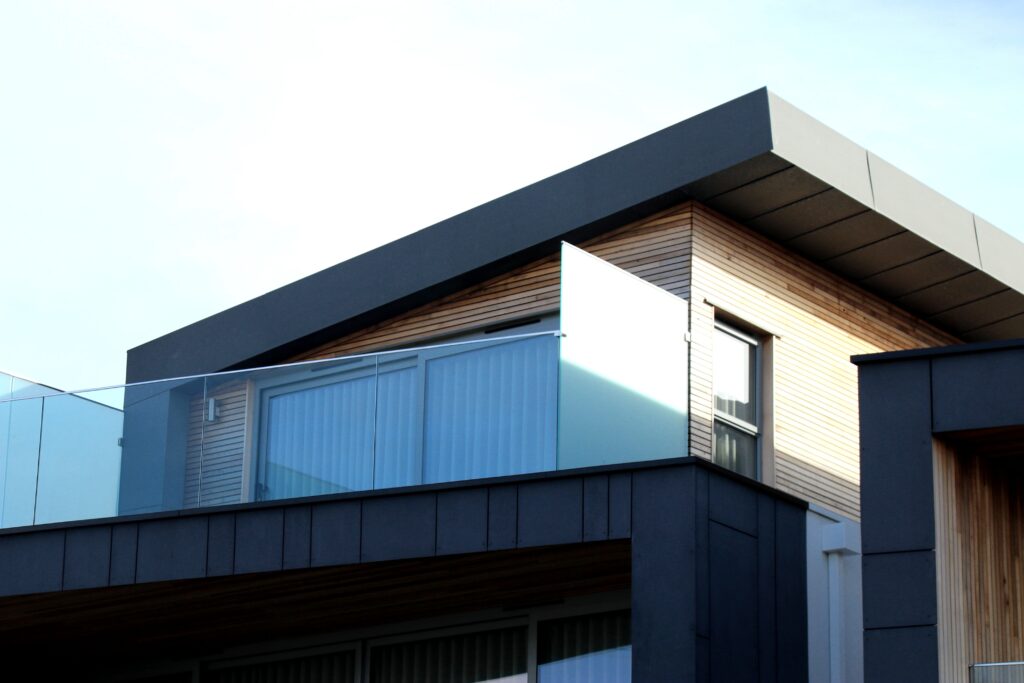
This translates into two important facts: the monthly heating bill goes down and you reduce your imprint of CO2 emissions, making the world a better place to live in. The other advantage of increasing your roof’s insulation is that it will protect it form potential damages that could be caused by rain or snow, as well as keeping it from mould growth, which is a serious health hazard inside a house.
Insulate the Floors
That is something many people don’t think about. Yet, it is one of the main causes of energy loss inside a house. You need to start with the floor that stands above the cellar, especially if the rooms underground are not meant to be lived-in. That part of the house is always colder, and this cool air goes up, transferring into the floor and then into the air of the house.
There needs to be an insulation sheet applied throughout the whole floor, in order to keep that process of cold air exchange happening. Then, check the floors on other levels of the house. If you find that they tend to get cold rapidly, go through the same insulation process for them as well.
Conclusion
In conclusion, making your home more energy efficient not only helps to reduce your carbon footprint but also saves you money on your energy bills. Upgrading your windows and doors, insulating your roof, and insulating your floors are three environmentally friendly ways to increase your house’s energy efficiency.
These improvements not only help to keep your home warm in the winter and cool in the summer but also add value to your property. So, take a step towards a more sustainable future and invest in energy-efficient upgrades for your home today.



